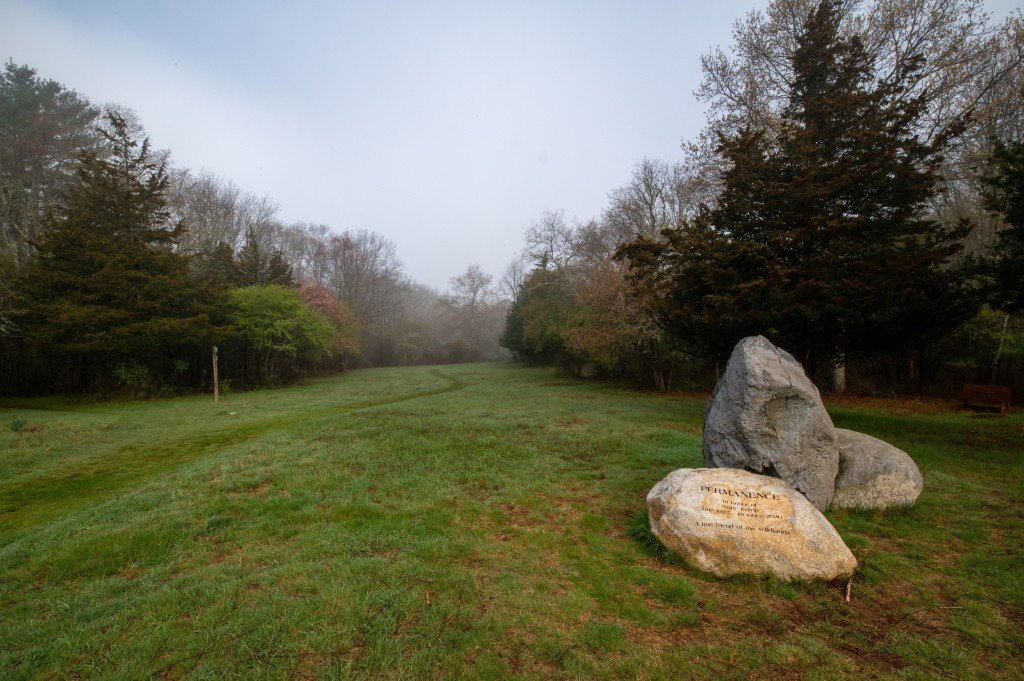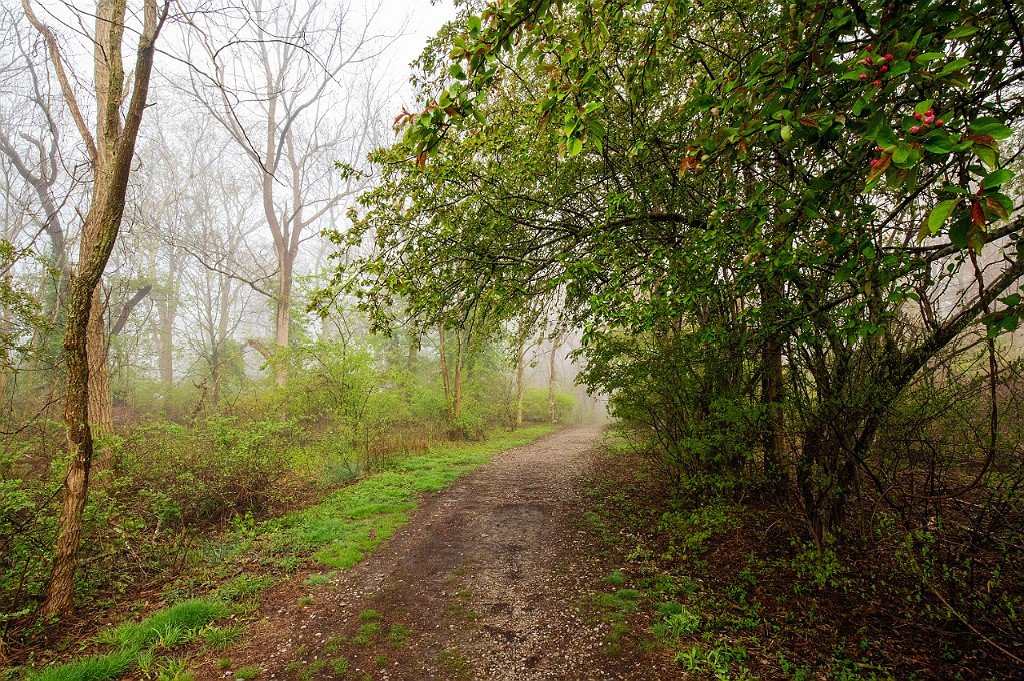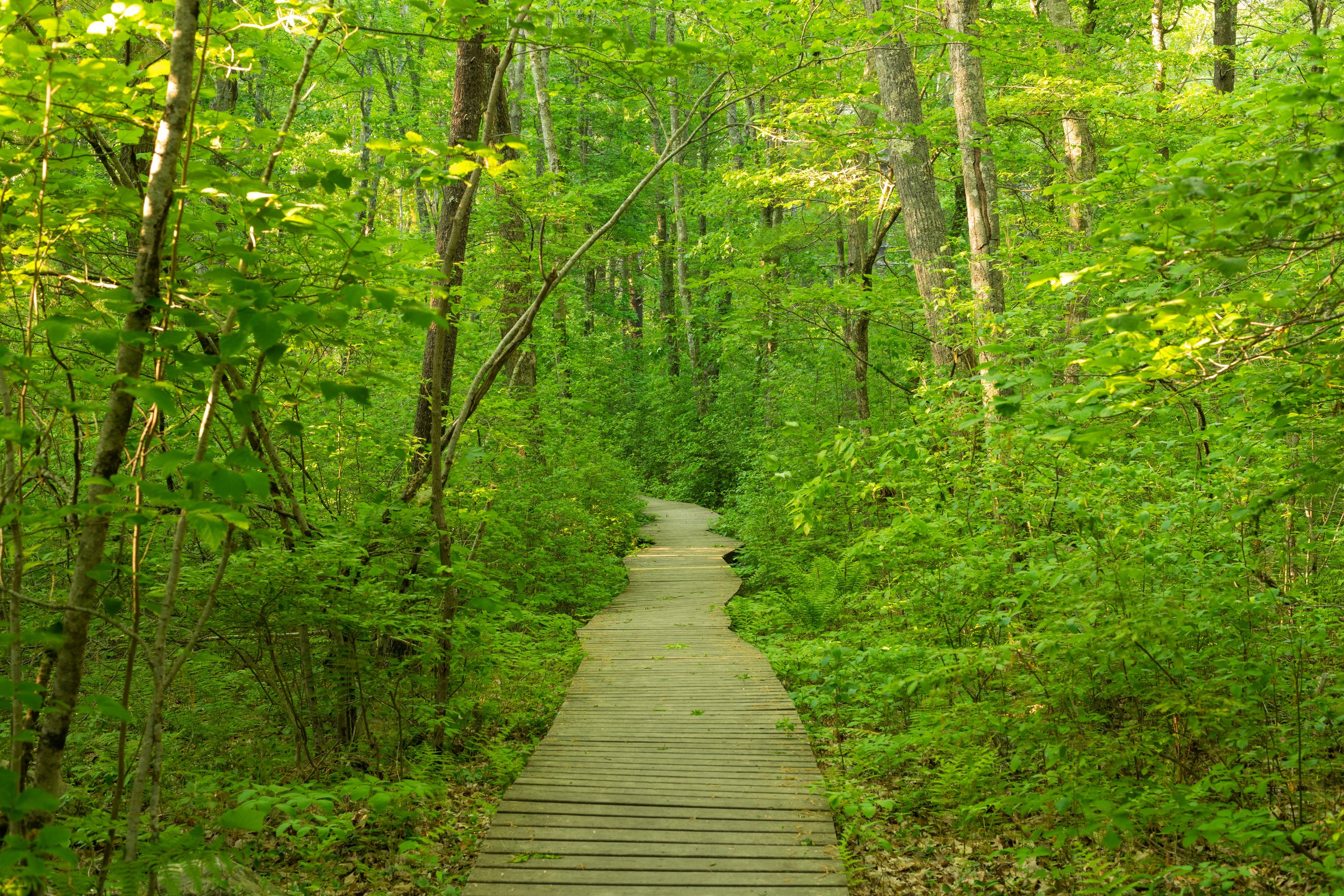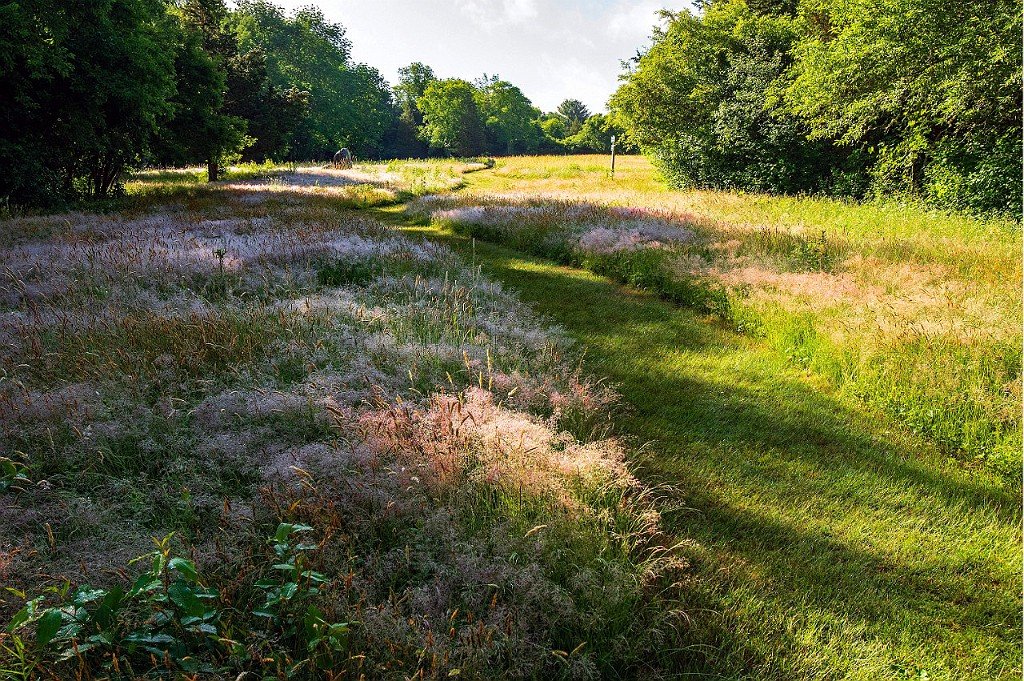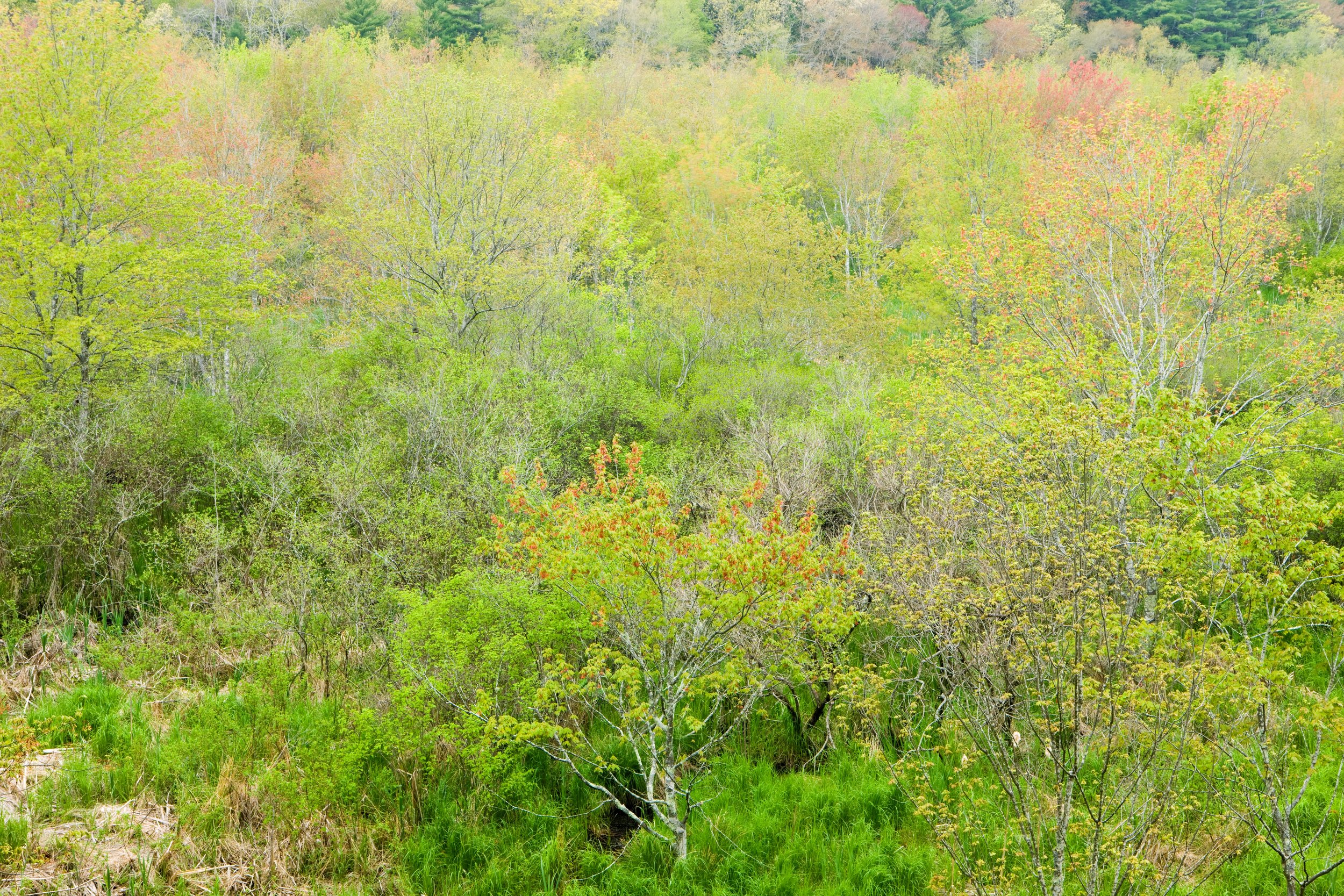Wildlands Trust fondly remembers Malcolm MacGregor, who passed away on May 31, 2024. He was 81.
Following the heartbreaking news, President Karen Grey shared the following with the Wildlands family:
Malcolm came to Wildlands for a nine-month sabbatical and stayed 11 years, endearing himself to so many of us during that time. Wildlands benefitted from Malcolm’s skills, which were vast and deep. He helped us with GIS mapping, led hikes, took on woodworking projects, and most importantly, helped us navigate Plymouth town hall politics. Malcolm served on the Plymouth planning board for many, many years and was one of those rare individuals who earned the respect of everyone, even those who didn’t agree with him.
We will remember Malcolm as a healthy and vibrant person, hiking 50-ish miles a week, and helping in any way he could to advance the Wildlands mission.
Please get out for a hike and think of Malcolm, forever our “Trail Guy.”
Hear also from Francis Mand, Vice President of the Southeastern Massachusetts Pine Barren Alliance, about his longtime partner in Plymouth conservation:
Along with dozens of hand-made ornaments on the town's holiday tree that represented local non-profits, there were also nearly a hundred images of the individual volunteers who give their time and effort to those organizations including—if you looked closely—one with the image of Malcolm MacGregor.
Malcolm was elected to numerous terms on the Planning Board, was an important contributor to the work of the Wildlands Trust, and was a tireless advocate for the establishment of hiking trails throughout Plymouth.
In the past 20 years or so Malcolm probably spent more time in the woods than out of it. Whenever I drove down Long Pond Road, or down Bourne Road, his yellow Miata was often there, peeking out of the woods—though he was nowhere to be seen.
He didn't need any encouragement, or company, to 'take a walk,' but oftentimes he led friends down trails that you had to 'believe' were there, because you couldn't often see the path he seemed to be following.
It wasn't actually 'bushwhacking,' maybe more akin to 'trail blazing,' so if you went with him you had to have faith he knew where he was going.
He did. He does.
Malcolm is free to roam at will now, and undoubtedly we will be hearing his footfall as long as Plymouth can preserve the wild places he loved so well.
Walk on, Malcolm: we'll try to keep up.
Malcolm’s full obituary can be found in the Plymouth Independent here.
A letter to the editor by Anatol Zuckerman recounted his friend’s early understanding of the incompatibility of status-quo development planning with the rising threat of climate change: read it here.
Above: we interviewed Malcolm in July 2023 as part of our 50 Remarkable Years, 50 Remarkable People series. You can view his entry in our anniversary book here.
Finally, learn more about Malcolm’s time with Wildlands in his staff bio:
Malcolm MacGregor is affectionately known as “The Trail Guy” here at Wildlands. Retired from a lifelong career at Massachusetts Maritime Academy, he now spends much of his time doing what he loves most—hiking. On average, Malcolm gets out on the trails about 3-4 times a week, covering a total of 20-25 miles! He has more experience than most with the wooded trails in his hometown of Plymouth, MA, and he frequently shares his local knowledge (and continues to find and explore new routes) on the group hikes that he regularly leads. One of his favorite places to spend the day is in the woods of Plymouth’s Pine Hills, but Malcolm’s also happy when working on GIS mapping.
Malcolm is dedicated to using his experience and knowledge to understand and anticipate the local impacts of global climate change. He was drawn to Wildlands because he believes that the protection of land, particularly forest land, is critical. He points out that while forests help to control the amount of carbon dioxide in the air everywhere, they are of particular significance in Plymouth, where vast tree cover currently protects invaluable, extensive groundwater resources. But, if you were to ask Malcolm directly about how he came to do GIS mapping here at Wildlands, he’d probably offer a more humble response, like, “Wildlands needed it, and I could do it.”
Throughout his life, Malcolm has had an extensive public service career. He recently retired as the chair of the Plymouth Planning Board, where he served for 35 years. In total, he has spent 50 years in Plymouth’s Town government, including positions on the Conservation Commission and as the Chairman of the Board of Health. While serving the Town of Plymouth, Malcolm also established a noteworthy career in higher education. In his tenure at Massachusetts Maritime Academy, Malcolm began as a professor of math and physics, but later shifted his primary instructional focus to GIS mapping for the degree programs in Emergency Management and Marine Safety and Environmental Protection that he created at the school. An academic by nature, Malcolm holds degrees from Worcester Polytechnic Institute and the University of Connecticut, and conducted post-doctoral research at both the Naval Research Laboratory, in Washington D.C., and the University of Chicago.
We miss Malcolm dearly and express our profound condolences to all of his friends, family, and admirers, who surely numbered in the thousands across Plymouth and beyond.
Please leave your memories of our beloved “Trail Guy” in the comments below.










